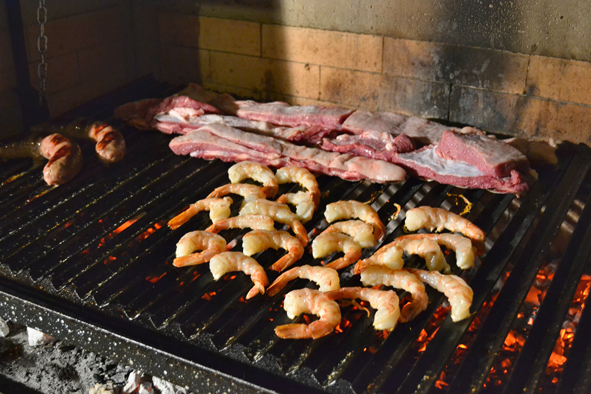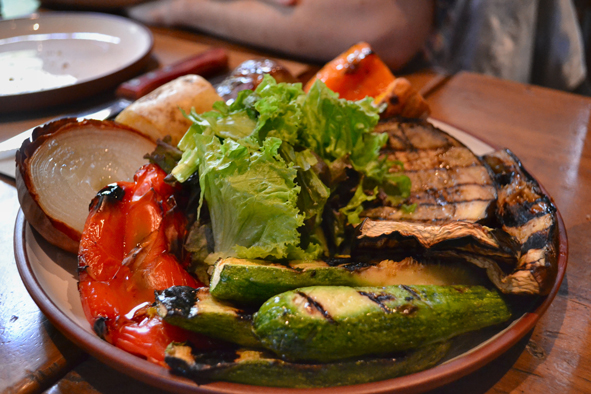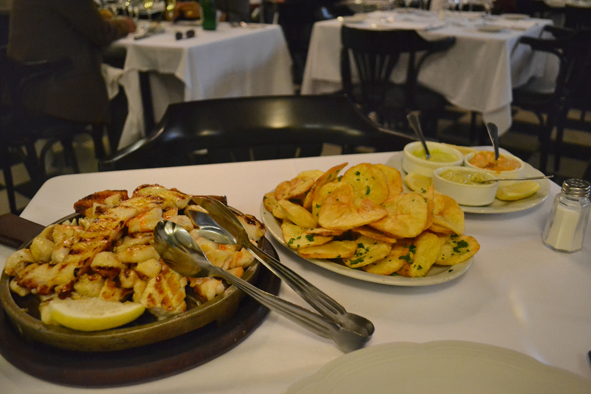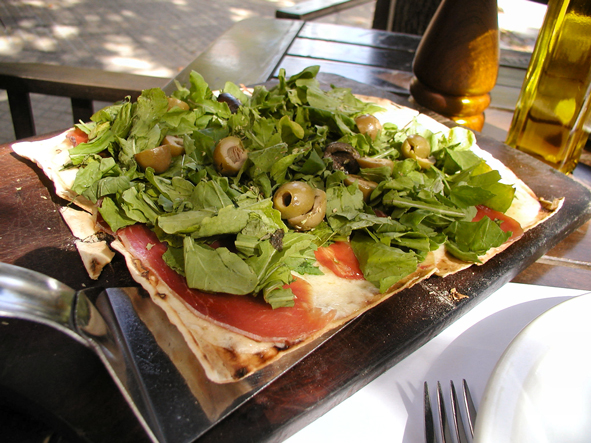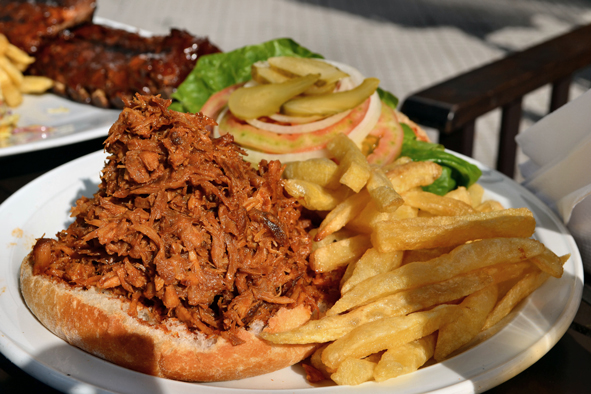“Oh, did I tell you I have a cookbook? I have a cookbook deal.”
– Ted Allen, writer and food show host
Did I ever tell you the story of how I was almost Ted Allen? No, I know I didn’t, though once before I promised to. So here’s the story. I was living and working in NYC, as a sommelier at the time, with a small catering business on the side, plus occasionally running these Second Sunday Supper Club dinners I’ve been going on about recently. I also had this hobby. Standup comedy. I know, it’s a strange hobby, right? But there it was. And I was actually pretty good at it – performed a couple of times a month around the city, did some events, even thought about it as a possible career – well, actually more, I thought about comedy writing as a career, the lifestyle and demands of being a comic just weren’t what I was into – but, I love food and wine too much, so, back to the restaurants with me.
Anyway, I got a call from a friend who’d seen me perform, knew I worked in the food industry, and that he was with a team casting a part for a new reality TV series for Bravo where they were going to do makeovers of straight guys’ lives, did I want to audition? I thought it would be fun and showed up on the appointed day and auditioned for a group of a few folk sitting around, there were a bunch of us… and then they asked me to wait a little while while they went through some other auditions. Then they called me back up and asked me to, and I remember this vividly, do an on camera audition “as gay as you can possibly be and selling us on White Zinfandel”. Afterwards, I got a call from the guy who’d called me in the first place, who said, “Look, we like you and we really need someone who knows something about food, but it was down to you and this other guy, and you’re just not gay enough!” So Ted, if you’re ever sitting at a table in my restaurant, wherever it may be… well let’s just say, you might want to bring a food-taster with you. Maybe Carson. Not gay enough. Bah!
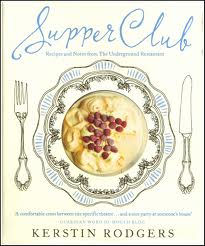 So Ted Allen has a cookbook too now, damnit. Oh, and so does Kerstin Rodgers. Better known to the world at large as Ms Marmite Lover through both her blog, The English Can Cook and her supper club as they’re styled in Jolly Old England, The Underground Restaurant. I knew the book was coming out – it came out at the end of April, I got my copy a couple of weeks ago when it arrived with a lovely thank you note from Kerstin – as quite awhile back she’d contacted me to tell me she was writing a book about the whole phenomenon of supper clubs and wondered if I’d contribute a typical Argentine meat recipe. Not something I cook here at Casa S, as I told her, but it was what she wanted, so my version of locro is enshrined in her pages.
So Ted Allen has a cookbook too now, damnit. Oh, and so does Kerstin Rodgers. Better known to the world at large as Ms Marmite Lover through both her blog, The English Can Cook and her supper club as they’re styled in Jolly Old England, The Underground Restaurant. I knew the book was coming out – it came out at the end of April, I got my copy a couple of weeks ago when it arrived with a lovely thank you note from Kerstin – as quite awhile back she’d contacted me to tell me she was writing a book about the whole phenomenon of supper clubs and wondered if I’d contribute a typical Argentine meat recipe. Not something I cook here at Casa S, as I told her, but it was what she wanted, so my version of locro is enshrined in her pages.
So on to the book itself. First, it’s a weighty tome, coming in at an even 3 pounds in hardcover. Love the actual cover, not so keen on the dust jacket which seems to have been designed by someone else entirely (none of which was likely in her hands). It’s cutely illustrated with line drawings throughout, the few pages of photography are a little grainy, but show a glimpse into the behind the scenes of the subject matter – it’s subtitled “Recipes and Notes from The Underground Restaurant” – and, it turns out to be pretty much that – not so much about the phenomenon, but more directly her own place. There’s certainly mention of other places, she doesn’t short shrift anyone, but in the end, there is a focal point. And that doesn’t surprise me in the least, Kerstin has been a tireless promoter not only of the whole scene in the UK, but in particular of her own spot, and she’s quite good at it with ning groups, newspaper articles, radio and television interviews, speeches, council meetings, and anyplace else one might pop up. I wish I had 10% the marketing skill that she does. Sometimes I wish she did too. That’s not personal against her, it’s just usually when a visitor from across the pond is extolling her place and telling me how I should be grateful to her for the mere fact that I’m allowed to exist.
The book is a fun read, and the text portion, The Notes, that take up the first 80 pages of 300-some, are written in style that’s basically like reading her blog or having a chat with her over tea. It’s in a casual vernacular, filled with references and slang that for a non-Brit sometimes take a moment to register. She covers everything from how she got started, to bits about her childhood, to her thoughts and recommendations on how to start your own. For that alone, it’s worth a read, even if I’d have given different advice here and there – but then, it’s all a matter of opinion and location – hers is based on the view that people open supper clubs because they’re primarily anarchists or anti-establishment, which may be true in London, but isn’t necessarily so elsewhere, like here for example. The book moves on to the recipes, laid out nicely and each with a little intro. They’re easy to read, easy to follow – I haven’t tried any of them out, but reading through them, they make sense and I think would to the average home cook. And much of the food is just for that purpose, it’s food that someone with a good basic kitchen skill set could jump in and reproduce, and uses, for the most part, ingredients that are probably found in many a pantry.
Now, if Kerstin will permit me, not that she has any choice, I’m going to poke a little fun. Not negatives, just some momentary amusements on my part….
She talks here and there about the whole anarchy of the movement and sticking it to the man and that sort of stuff. Which, to me anyway, contrasts with all the public appearances with corporate media, a book publishing gig, and, the one thing that I noted in more than a fair share of recipes, the reliance on tinned and boxed ingredients. Likewise, Kerstin is a vegetarian, well, pescetarian, but has offered up a section of red meat recipes – not of her own, this is where some of the rest of us in the supper club world came into play, but I found myself wondering why – why not take that stand if that’s what you believe in? (Assuming an ethical basis for her pescetarian-ism, which of course, may not be her reason at all.)
Having spent a good portion of my life writing and editing, proofreading mistakes tend to glare at me (in other people’s writings, for some reason they never stand out in my own when I proofread, so there you have it). The two that stand out in my mind this morning are “course salt” and “chilies en adobe” – the latter striking me with a giggle when I read it and having conjured up an image of popping the lid off a can of plaster to find spicy little vegetables mucking about in the white goo. It’s “adobo”, a tomato, garlic, onion and herb sauce that chilies, more often I would assert, come in. Likely, that was a program spell checker auto-correction that just wasn’t caught.
Blackening. It’s a process of cooking that comes to us from the Cajun cooking world. And, it doesn’t involve coating fish in spices and then baking it in the oven or frying it in oil. Really. If you’ve ever seen it done or done it, you know how it gets its name – the spice rub is fine, but the process is to have a cast iron skillet heated pretty much to glowing hot (when I worked at the Sazerac House we used to put a skillet on a flame when we got in first thing in the morning and it would be “ready to use” by lunchtime) into which you place the fish (or chicken or meat) without any oil or other fat, just dry, for long enough to char the herbs and spices, i.e., blacken them, and it was hot enough to cook the meat through at the same time.
And the last note was on her nod to Latin American traditions of closed door restaurants. Despite our having had a conversation about it, she stuck with the party line that she’d come into the conversation with, that it all started in Cuba in response to government restrictions and the American embargo (more anarchist rhetoric, I guess) with the paladar movement, and that it was a response to economics, as it has been recently in the UK. Sorry, but just not the case. First, puertas cerradas (as they’re called everywhere else in Central and South America except Cuba, where the name is based on a soap opera that was popular in the mid-1980s) have existed in Latin America stretching back as far as I’ve been able to research it – they’re just part of the culture, not economic (which is not to say there aren’t economic factors, it’s just not the driving force historically). There are places here in BA that have been open 30 and 40 years and I know of some in Lima and Mexico City that have been open as long. The paladar movement in Cuba didn’t really come into being until 1988, and was not in response to either restrictions or embargo (which began 28 years earlier in 1960), but to the start of the reversal of some of that – it was when the Cuban government made, more or less, a peace offering to its struggling populace and passed a law that allowed for paladares to open as long as they met a set of rules (limited to 12 seats, no advertising, and limited to certain dishes served, among other things). There’s a really well written history here. Paladares may not be state-run restaurants, but they’re not underground either, they’re very heavily regulated.
So that’s the book. Overall worth the investment for a combination of the interest factor, and being the first onto the shelves of what will no doubt be a slew of supper club cookbooks (hey, I’ve been working on one for over two years, but after losing the publisher who initially contracted for it, it just hasn’t been my focus). The recipes look like fun, and there are plenty of them, and like ones that any good home cook could tackle with aplomb and produce good results.





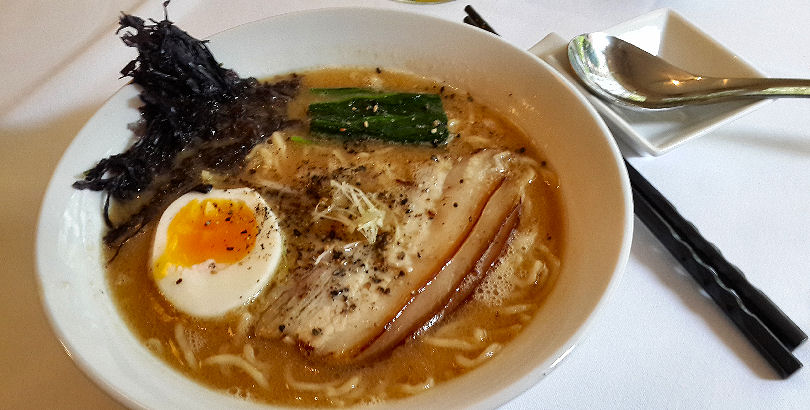
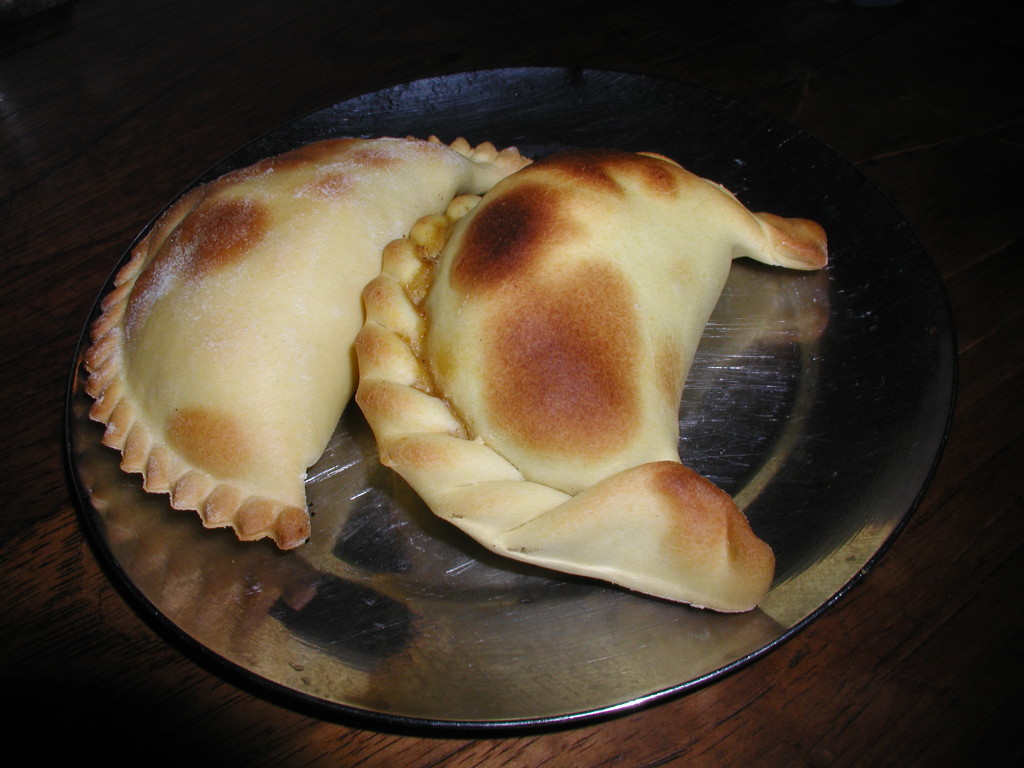
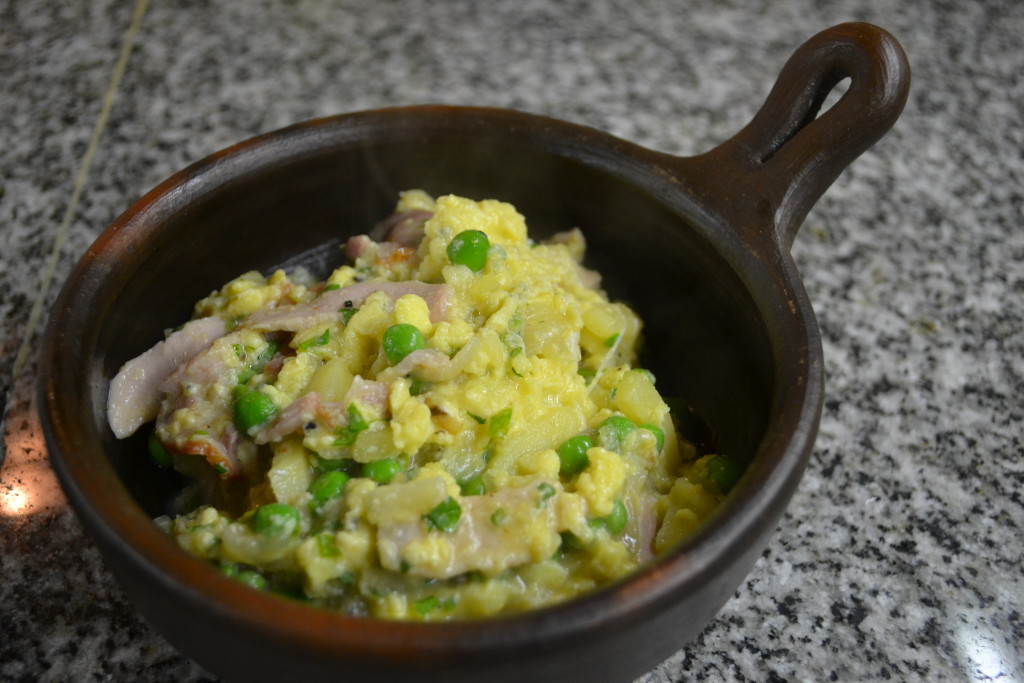
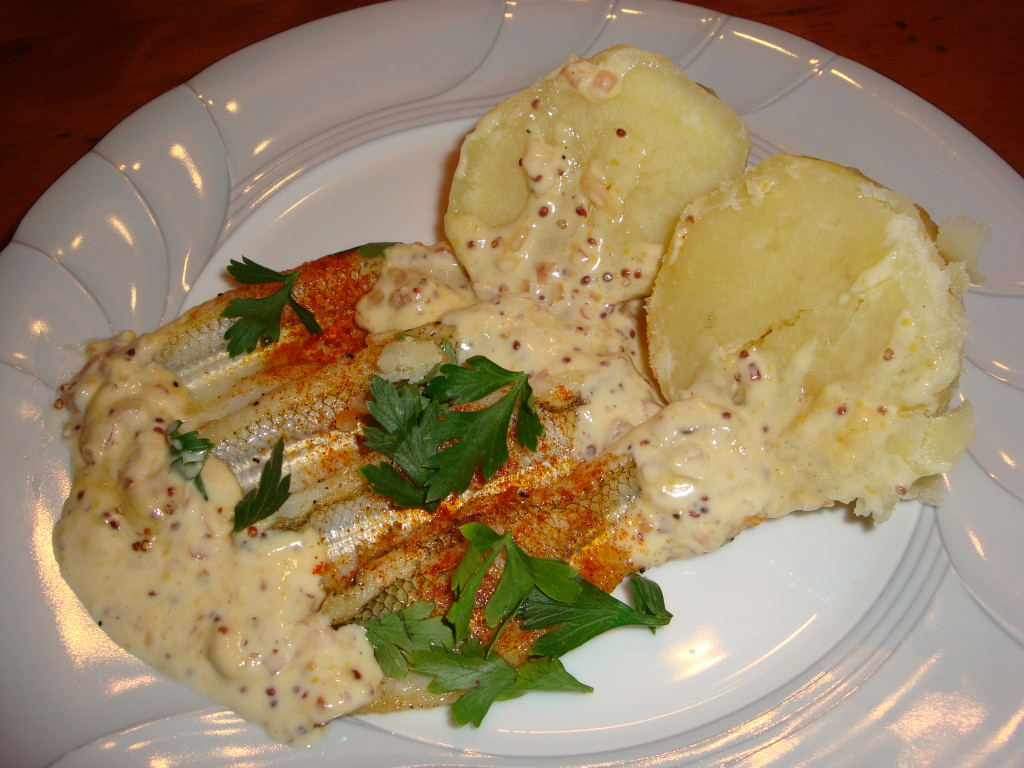
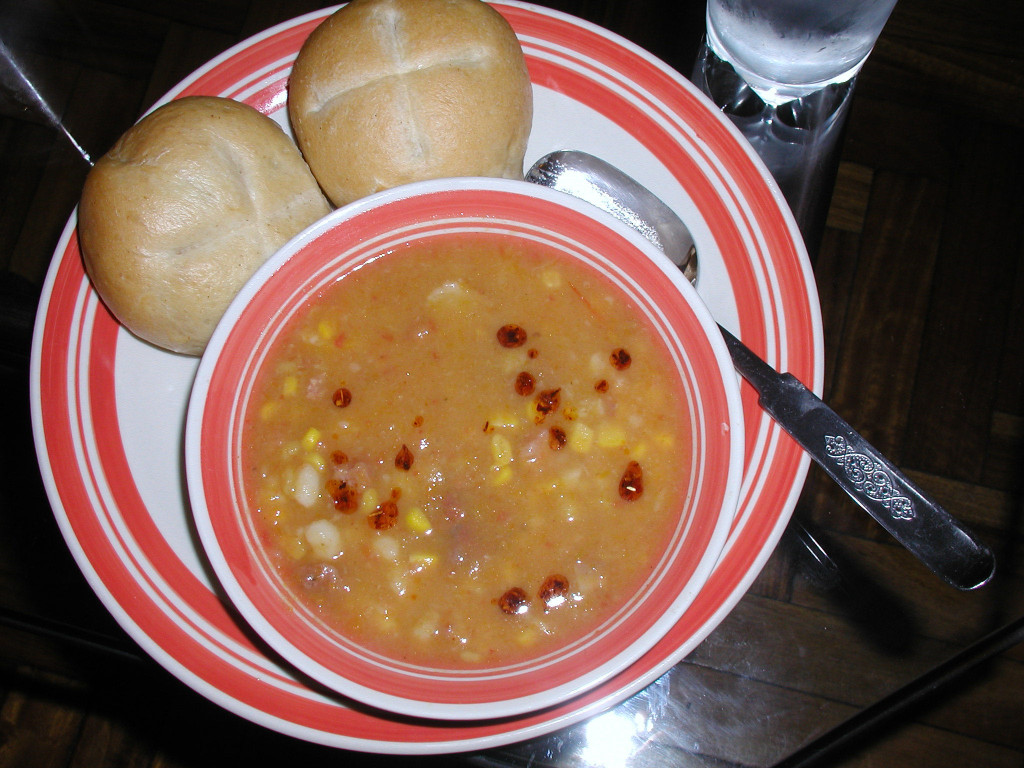
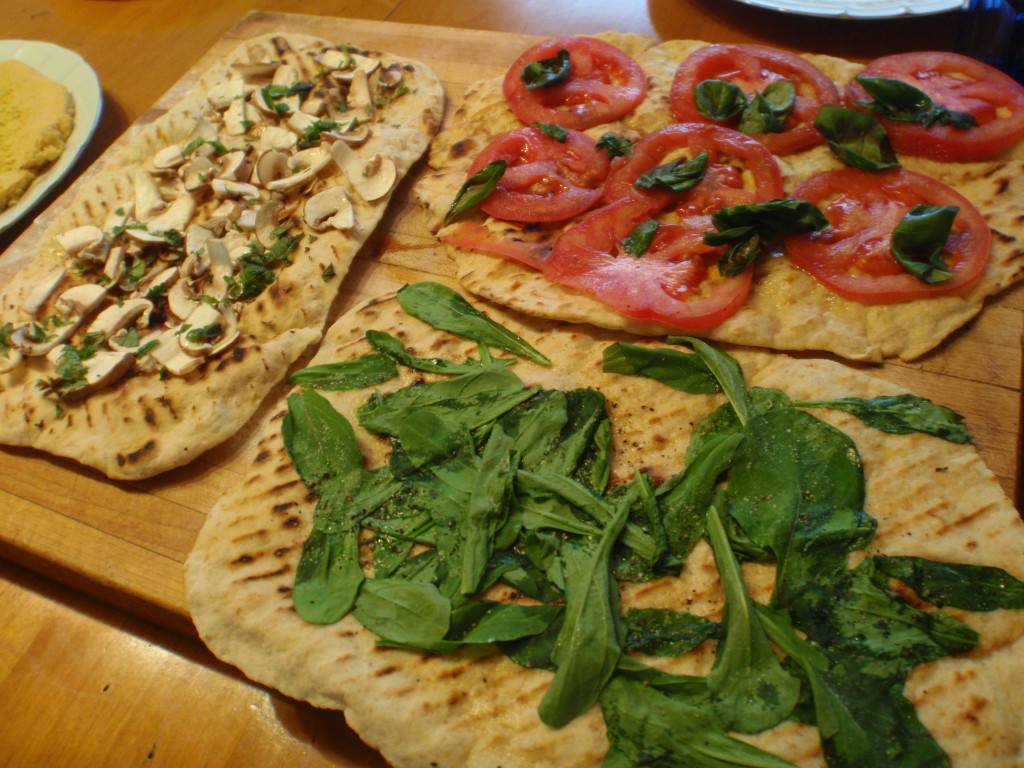
 So Ted Allen has a cookbook too now, damnit. Oh, and so does Kerstin Rodgers. Better known to the world at large as Ms Marmite Lover through both her blog,
So Ted Allen has a cookbook too now, damnit. Oh, and so does Kerstin Rodgers. Better known to the world at large as Ms Marmite Lover through both her blog,  I don’t use cookbooks as recipe books directly in the kitchen. By that I mean that it’s rare that I would ever have a cookbook sitting on the kitchen counter, open to a page, with, likely, something holding down each side of the book so it stayed open while I refer to it back and forth. It’s just not the way I cook, but that gets back to what I do for a living and how I approach it. So it took me a moment to realize that the design of this book as a ring binder had multiple positive things about it as opposed to just taking up extra space over a normally bound book. You can open it and the pages lay flat, you can remove a single page and just have that in the kitchen with you, you can add to it with additional pages if you want, though the last, with 700+ recipes already in the binder, might be a bit of overstuffing. It’s eminently practical.
I don’t use cookbooks as recipe books directly in the kitchen. By that I mean that it’s rare that I would ever have a cookbook sitting on the kitchen counter, open to a page, with, likely, something holding down each side of the book so it stayed open while I refer to it back and forth. It’s just not the way I cook, but that gets back to what I do for a living and how I approach it. So it took me a moment to realize that the design of this book as a ring binder had multiple positive things about it as opposed to just taking up extra space over a normally bound book. You can open it and the pages lay flat, you can remove a single page and just have that in the kitchen with you, you can add to it with additional pages if you want, though the last, with 700+ recipes already in the binder, might be a bit of overstuffing. It’s eminently practical.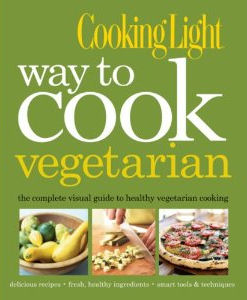 The second book from the same publishers I both like more and less than the first. The book itself – Cooking Light: way to cook vegetarian is a straightforward hardcover. Now that I’m enamored of the ring binder that is the first book, this one loses points, but only in comparison. On the other hand, it’s not just a recipe book. It’s a book to sit down and read, because it’s got some good material in there – so it gets those points back.
The second book from the same publishers I both like more and less than the first. The book itself – Cooking Light: way to cook vegetarian is a straightforward hardcover. Now that I’m enamored of the ring binder that is the first book, this one loses points, but only in comparison. On the other hand, it’s not just a recipe book. It’s a book to sit down and read, because it’s got some good material in there – so it gets those points back.